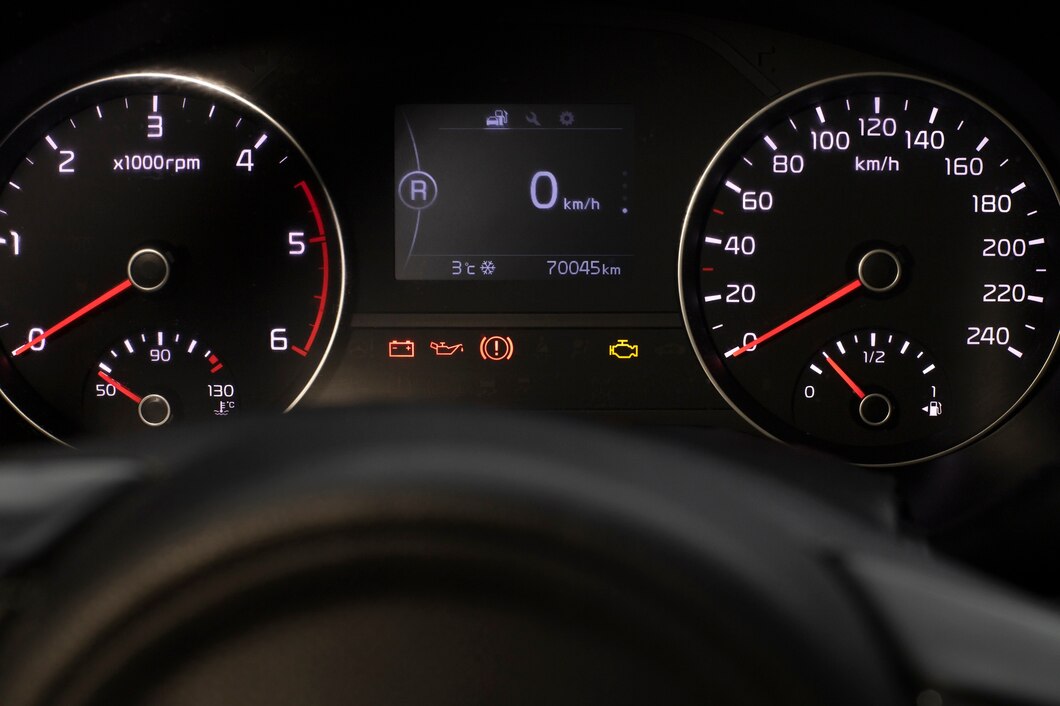Buying a second-hand car can be a smart financial decision, but one of the crucial factors that buyers often consider is mileage. The mileage on a car, which represents the distance it has traveled, is a significant indicator of its wear and tear. However, determining what constitutes reasonable mileage can vary based on several factors.
Understanding Mileage
Mileage is typically measured in miles or kilometers and reflects how much the car has been driven since it was first registered. On average, cars in the United States are driven around 12,000 to 15,000 miles per year, while in other countries like the UK, it may range from 10,000 to 12,000 miles annually. Therefore, a car that is several years old with high mileage may have been driven extensively compared to its age.
Factors Influencing Reasonable Mileage
- Age of the Car: Older cars tend to have higher mileage. A car that is five years old with 60,000 miles might be considered reasonable, whereas the same mileage on a two-year-old car could raise questions about its usage.
- Type of Driving: City driving tends to wear out a car faster than highway driving. Stop-and-go traffic, frequent braking, and short trips can increase wear on components like brakes, transmission, and engine parts.
- Maintenance History: A well-maintained car with regular servicing can often handle higher mileage better than a neglected one. Service records can provide insights into how well the car has been cared for.
- Brand and Model: Some car brands are known for their longevity and durability, meaning they can handle higher mileage more reliably. Models with robust engineering and quality components may still perform well even at higher mileages.
- Price and Resale Value: The price of a used car should reflect its mileage and condition. A lower mileage car may command a higher price due to potentially lower wear and tear, while a higher mileage car should be priced accordingly.
Evaluating Mileage
When considering a second-hand car, it’s essential to evaluate mileage in the context of these factors:
- Low Mileage: Cars with low mileage (under 12,000 miles per year) for their age are often perceived as more desirable because they are presumed to have less wear and tear. This can translate into better longevity and potentially lower maintenance costs in the near term.
- Moderate Mileage: A car with average mileage (around 12,000 to 15,000 miles per year) should still be in good condition if properly maintained. Such cars may offer a balance between price and longevity.
- High Mileage: Higher mileage cars (over 15,000 miles per year) may require more frequent maintenance and could have more worn-out components. However, if well-maintained, they can still provide reliable service for several more years.
Ultimately, reasonable mileage for a second-hand car depends on individual preferences, budget, and the intended use of the vehicle. While mileage is an essential factor, it should be considered alongside maintenance records, vehicle condition, and market pricing when making a purchase decision. By weighing these factors carefully, buyers can choose a second-hand car that meets their needs reliably and economically.











